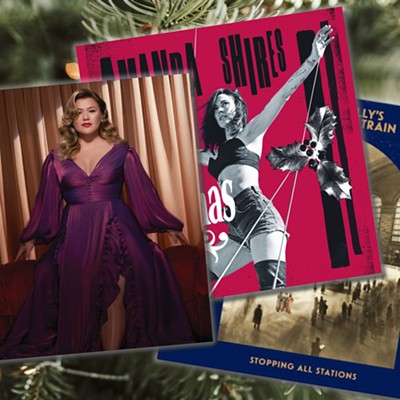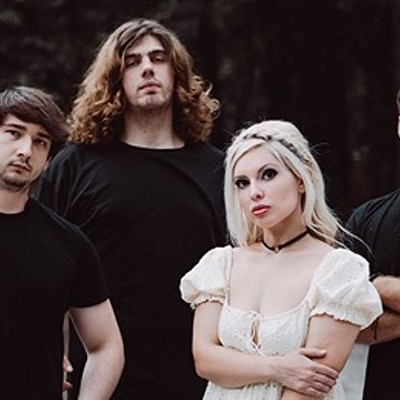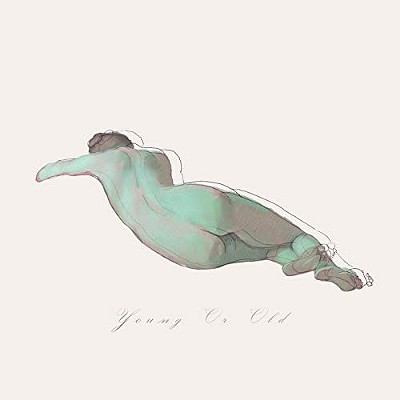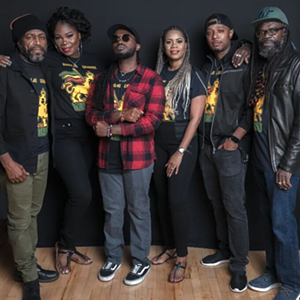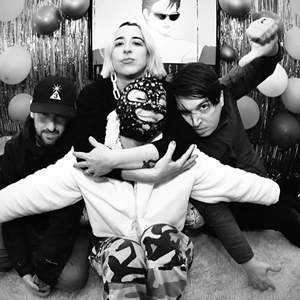SCTV is back at last
[
{
"name": "Air - MedRect Combo - Inline Content 1",
"component": "14680855",
"insertPoint": "7",
"requiredCountToDisplay": "5",
"parentWrapperClass": "fdn-ads-inline-content-block"
},{
"name": "Air - MedRect Combo - Inline Content 2",
"component": "14680856",
"insertPoint": "15",
"requiredCountToDisplay": "9",
"parentWrapperClass": "fdn-ads-inline-content-block"
},{
"name": "Air - SVP - Leaderboard - Inline Content - 2",
"component": "16852291",
"insertPoint": "10",
"requiredCountToDisplay": "10",
"parentWrapperClass": "fdn-ads-inline-content-block"
},{
"name": "Air - SVP - Leaderboard - Inline Content - 3",
"component": "16852292",
"insertPoint": "20",
"requiredCountToDisplay": "18",
"parentWrapperClass": "fdn-ads-inline-content-block"
},{
"name": "Air - SVP - Leaderboard - Inline Content - 1",
"component": "16852290",
"insertPoint": "25",
"requiredCountToDisplay": "22",
"parentWrapperClass": "fdn-ads-inline-content-block"
}
]
For those of us who adore sketch comedy, there have only been a handful of Western TV shows that are worth a damn. But while most in the mainstream can usually be counted on to point to Saturday Night Live as a paragon of the form, the truth is that SNL —while occasionally providing moments of undeniable brilliance over its 31-year run— has always been a mixed bag.
For those of us who adore finely-honed, consistently challenging and legitimately ground-breaking televised sketch comedy, most agree the choices are quickly whittled down to four series: Monty Python’s Flying Circus; Mr. Show with Bob &David; The Kids in The Hall; and the outstanding, under appreciated link between those high water marks, SCTV.
In a way, it’s almost perverse that SCTV, which ran for several years both on Canadian television and in American syndication before being picked up in the states by NBC from 1981 through 1983, is somehow the least known of those shows. For it’s clearly much more than the “missing link” which melded the dark and bawdy, pop-culture reference-rich approach of the Python troupe to the glitz and glam of America’s obsession with celebrity. It’s also an acknowledged reference on two of the most successful and influential U.S. TV comedies ever: The Simpsons and Seinfeld.
Blessed with a dynamic, diverse and almost insanely talented cast of comedic actors based around the fabled Second City Theater (a beloved Chicago institution that virtually invented the genre of free-form, improvisational acting as it is known today, which nurtured the careers of everyone from Fred Willard to John Belushi), this “little show that could” was produced on a shoestring budget at a local TV studio in Canada’s remote Edmonton, Alberta.
Launched in 1976 and eventually bankrolled by a wealthy Canadian businessman who happened to love improv —and was taken with the notion of creating a market for such a show that was relatively free of intervention by corporate advertisers— the show centered around a unique premise. It posed as a condensed version of a typical broadcasting day at the fictitious SCTV Network in the imaginary U.S. town (and self-contained world) of Melonville. This clever conceit allowed the cast and writers —most of whom boasted a distinctly Canadian outlook— to mercilessly skewer U.S. societal extremes (and our fixation on television culture) from what appeared to be the inside out.
In fact, it was this notion of “Melonville” and its recurring cast of residents, celebrities and businesses (which popped up in faux commercials on the faux network) that inspired Simpsons mastermind Matt Groening to create the animated town of Springfield, and its own wacky (yet somehow quite realistic) inhabitants.
Initially picked up as a mid-season replacement for The Midnight Special, SCTV aired at a later hour than SNL, and due to its lower budget and production values, was ironically seen by many as something of lesser import than that flagship show. In retrospect, the fact that SCTV was taped without a live audience allowed the writers and cast to pick up speed, following one sight gag or punchline with several more in rapid succession, without having to wait for a live crowd to catch up.
Once again, this relentless and accelerated comedic pacing would prove key in the writing and delivery style of Seinfeld and The Simpsons, as well as hipsters David Cross and Bob Odenkirk’s cult HBO series Mr. Show — both of which also cribbed another innovation from SCTV: the use of conceptual “wraparounds” or themes which connected seemingly disparate skits together, adding yet another layer of sophistication and satire to the ninety-minute episodes when taken as a whole, unlike the piecemeal, haphazard approach of a show like SNL, which quickly wound up as a trout farm for catchphrases and a marketing vehicle for stretching lackluster characters from five-minute sketches into lame-but-lucrative ninety-minute features.
As time went by, SCTV’s conceptual ideas became increasingly irreverent and elaborate, and with that evolution came more and more complex set pieces — technically laborious examples of hip, in-joke humor that drew on the writers’ encyclopedic knowledge of pop-culture history.
Legendary bits like the twenty and thirty-minute Chinatown parody Polynesiantown (which, like many SCTV skits, featured a famous musical guest —in this case, N’awlins piano legend Dr. John— interacting with the cast in a dramatic role, not merely playing a song or two), and an elaborate, episode-long spoof of The Godfather (actually shot to mimic the cinematography of the Coppola film, and which included the flat-out surreal vision of seeing Floyd the barber from The Andy Griffith Show —played to a “T” by ace mimic and future American Pie star Eugene Levy— asking the Brando-esque network owner and President Guy Caballero to have Opie whacked for breaking Floyd’s barber pole) typified the sort of hallucinatory, crossed-synapse nature of the show’s finest moments. In fact, when one looks back some 25 years later at the early seasons of the show’s NBC years, it’s downright eerie how much they presaged the “supposedly” ground-breaking comedy of Conan O’Brien (himself a gushing, lifelong fan of the show who can recite whole sketches from memory) and FOX-TV’s short-lived early-’90s underground hit, The Ben Stiller Show.
Many of the pitch-perfect main cast of Levy, Joe Flaherty (Freaks & Geeks), Andrea Martin (My Big Fat Greek Wedding), Catherine O’Hara (A Mighty Wind), Rick Moranis (Honey, I Shrunk The Kids), Dave Thomas (Grace Under Fire), and the late John Candy (Planes, Trains & Automobiles) had worked together for years in the world of improv, and had such affinity for each others’ talents that they achieved a level of ensemble acting rarely seen in series TV.
Other members of the Second City troupe (and a few of the similarly-trained Groundlings), such as Ghostbusters and Stripes star Harold Ramis, Hill Street Blues actress Betty Thomas and future SNL alum Martin Short (Primetime Glick) also came into and out of the cast.
Due to contractual disputes surrounding some of the music in the original episodes, SCTV has been essentially unavailable for almost two decades, save for odd, late-night filler airings on NBC.
However, a while back, celebrated reissue label Shout! Factory (an award-winning outfit started by three of the savvy, tasteful cats behind the wonderful Rhino Records) spent many years and a ton of money to secure the rights to about 95 percent of the disputed content, and began to release near-definitive sets of the show, starting with the first three seasons of the NBC run.
At long last, I was able to avail myself of these comprehensive boxed sets (which can be had new online for about $55 each), and I was shocked at how many sketches I could instantly recall, line for line, after having last seen them in, oh, about 1984.
Those familiar with the show will likely find themselves convusling with laughter at the ludicrous antics of Candy’s inappropriately tattooed porno shop operator “Harry, the guy with the snake on his face,” or at Flaherty’s sleazy President Caballero (played as a D-grade Lionel Barrymore in a cheap Panama hat). His insistence on using a wheelchair for “respect,” even though he can walk fine, is the epitome of smarm.
Other memorable characters and bits include Levy’s uproarious cross-eyed Yiddishe midget Sid Dithers and O’Hara-penned piss-takes on both game shows and specifically, haughty host Alex Trebek (years before the Jeopardy revival). As with many SCTV sketches, this concept was blatantly plagiarized in later years by SNL. In fact, with the wide release of these episodes on home video for the first time, it is now painfully obvious who’s been looking to SCTV for inspiration, and who’s been flat-out stealing.
Case in point: Mike Meyers’ and Dana Carvey’s Wayne’s World characters are in many respects carbon copies of Moranis’ and Thomas’ hapless brothers Bob & Doug Mackenzie, hosts of the local TV show Great White North (one of the few SCTV bits to be spun off into a feature film — 1983’s Strange Brew).
For aficionados, there are copious amounts of bonus materials on these discs (including commentaries, recent interviews with cast, crew and writers, and a 1999 Aspen Comedy Fest reunion panel discussion moderated by a gushing O’Brien), as well as lengthy booklets of behind-the scenes info and scholarly critiques of the show’s importance.
Pick up on ‘em. They won’t disappoint. ç
www.shoutfactory.com

